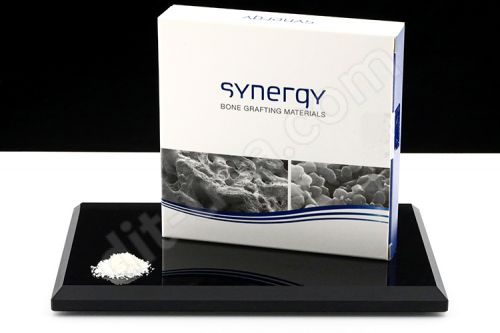The Many Benefits Of Autogenous Bone
Human bone is a good grafting material source for oral restorative and reconstructive procedures. Regardless of whether it is derived from a block human bone or processed bone powder, the appropriate allograft products make sure that the surgeons can meet the needs of their patients with outstanding outcomes.
While autografting results in the utmost biocompatibility level, this typically isn’t the case in an oral environment. Animal bone materials and synthetic materials are typically utilized, however, even with technological advancements, several surgeons still prefer the biocompatibility and reliability of autogenous bone harvesting [also known as allograft bone.
Typical alternatives
Human bone grafting can offer the required structure to endorse tissue regeneration, thereby aiding in the restoration of the alveolar ridge and several other areas around the dental cavity. Just like animal-derived and synthetic products, cancellous allograft, corticocancellous allograft, and cortical allograft are accessible in a wide variety of forms to suit the particular surgery. The most typical human bone graft alternatives include the following;
- Veneer grafts
- Bone graft syringes
- Allograft syringes
- Human bone particulates in vials
Sponge autogenous bone
Demineralized strips are unique from bone powder products. They are processed and shaped into a unified bone strip. Sponge autogenous bone is porous which allows it to be shaped and compressed to go well with the surgical application.
Dental Implant Technologies Inc stocks the most trustworthy allograft bone grafting syringes, blocks, pins and veneers, and particulate vials for oral experts. You can browse all their categories to order and enjoy extensive delivery alternatives including overnight shipping for emergency dental procedures.


Comments
Post a Comment